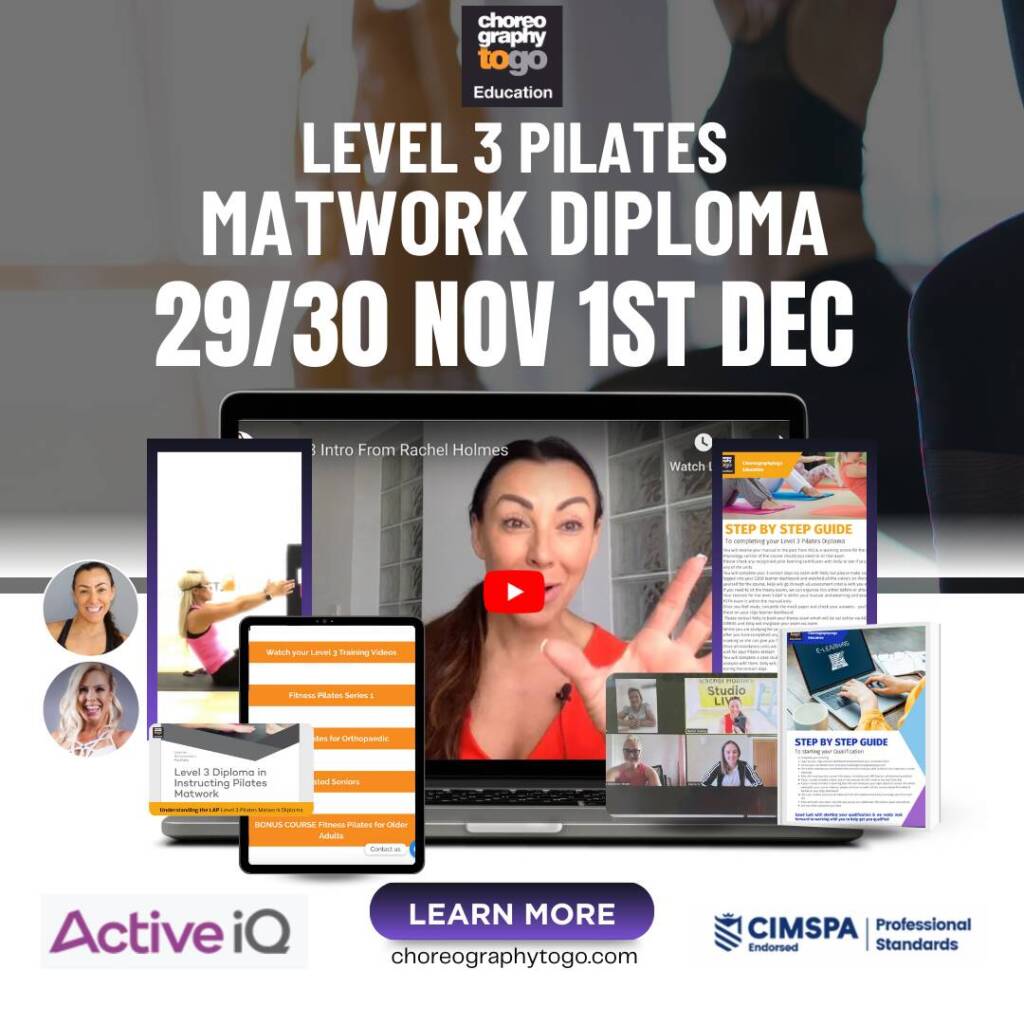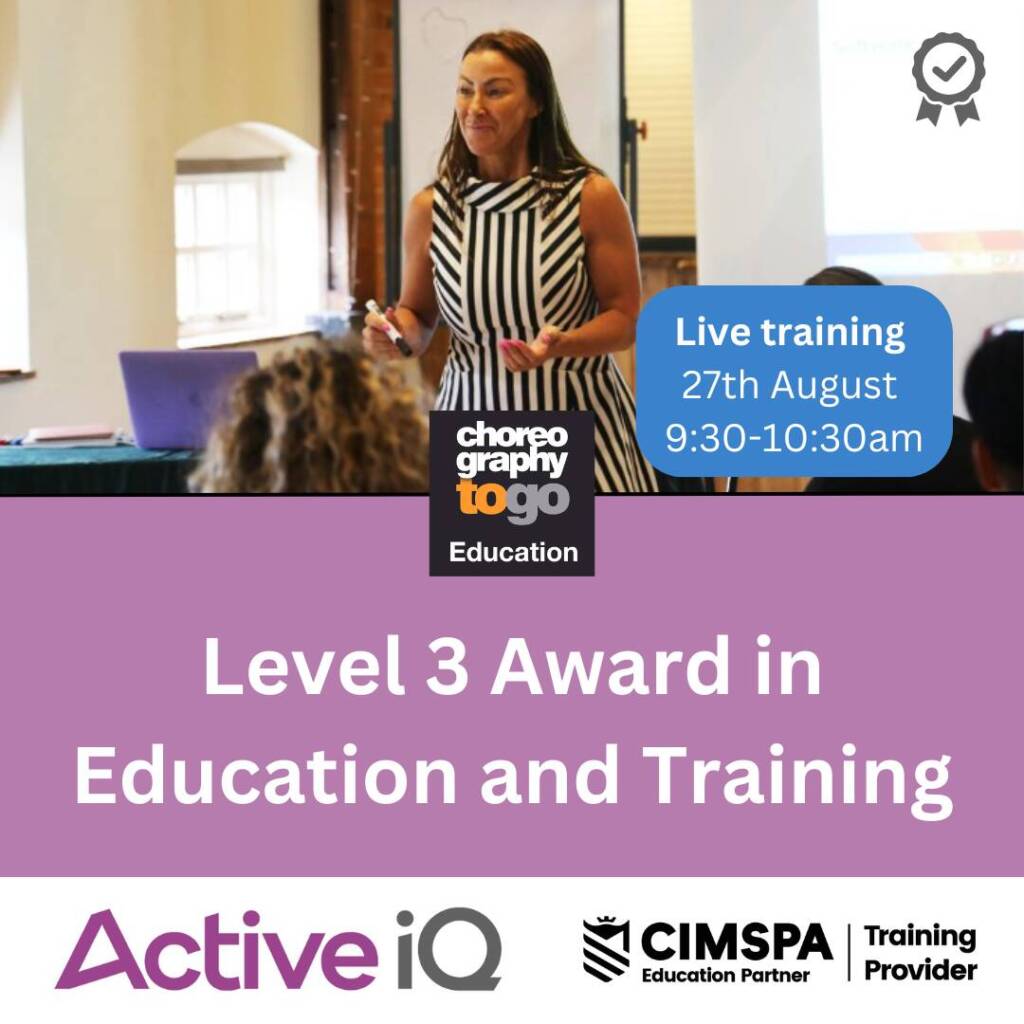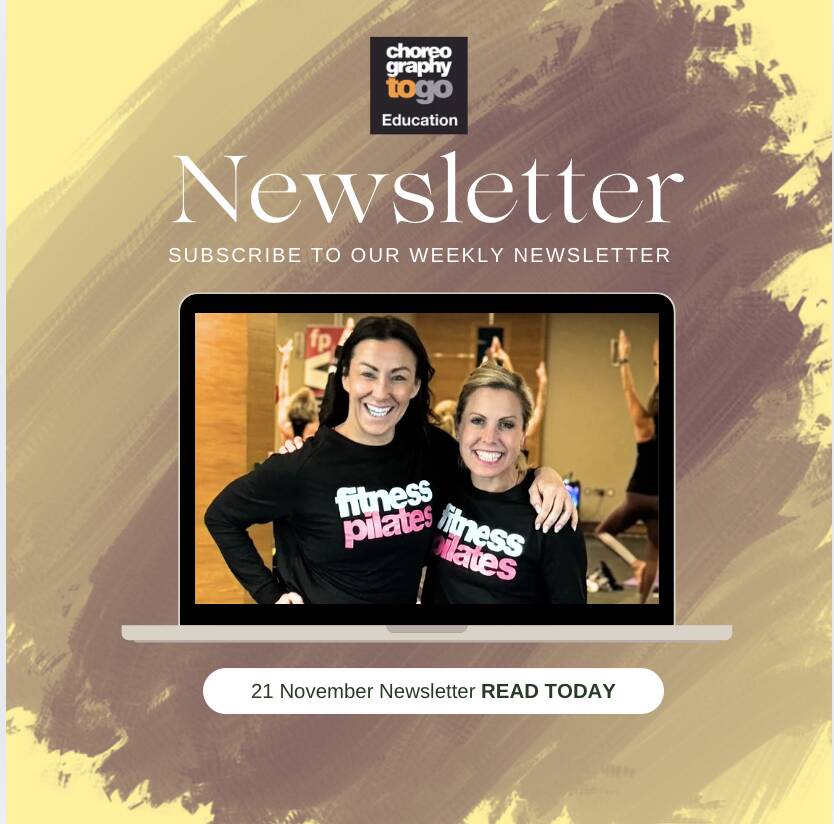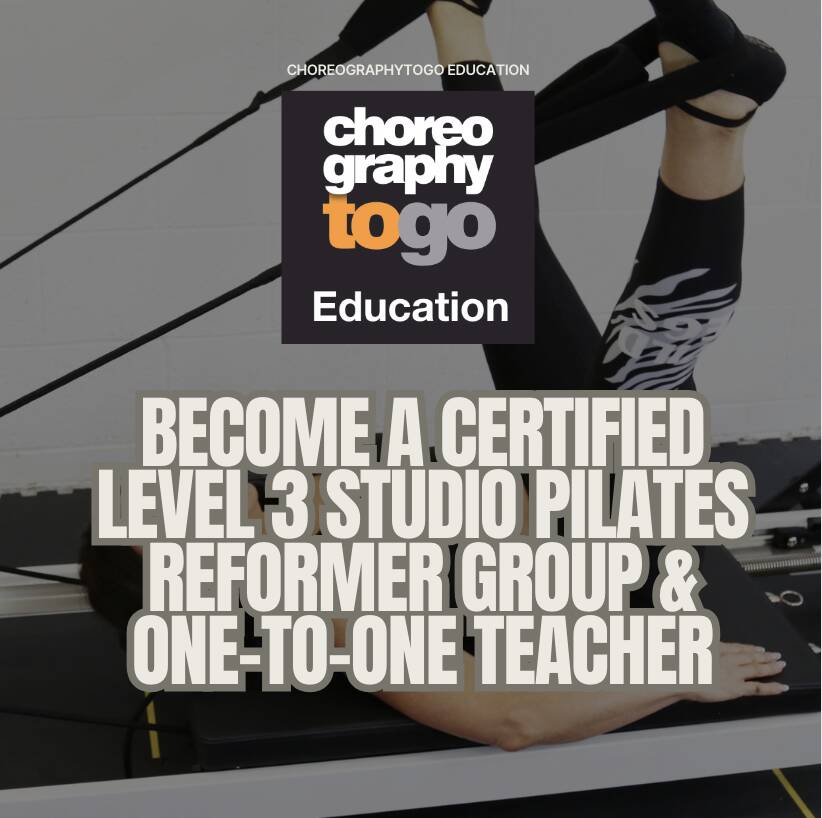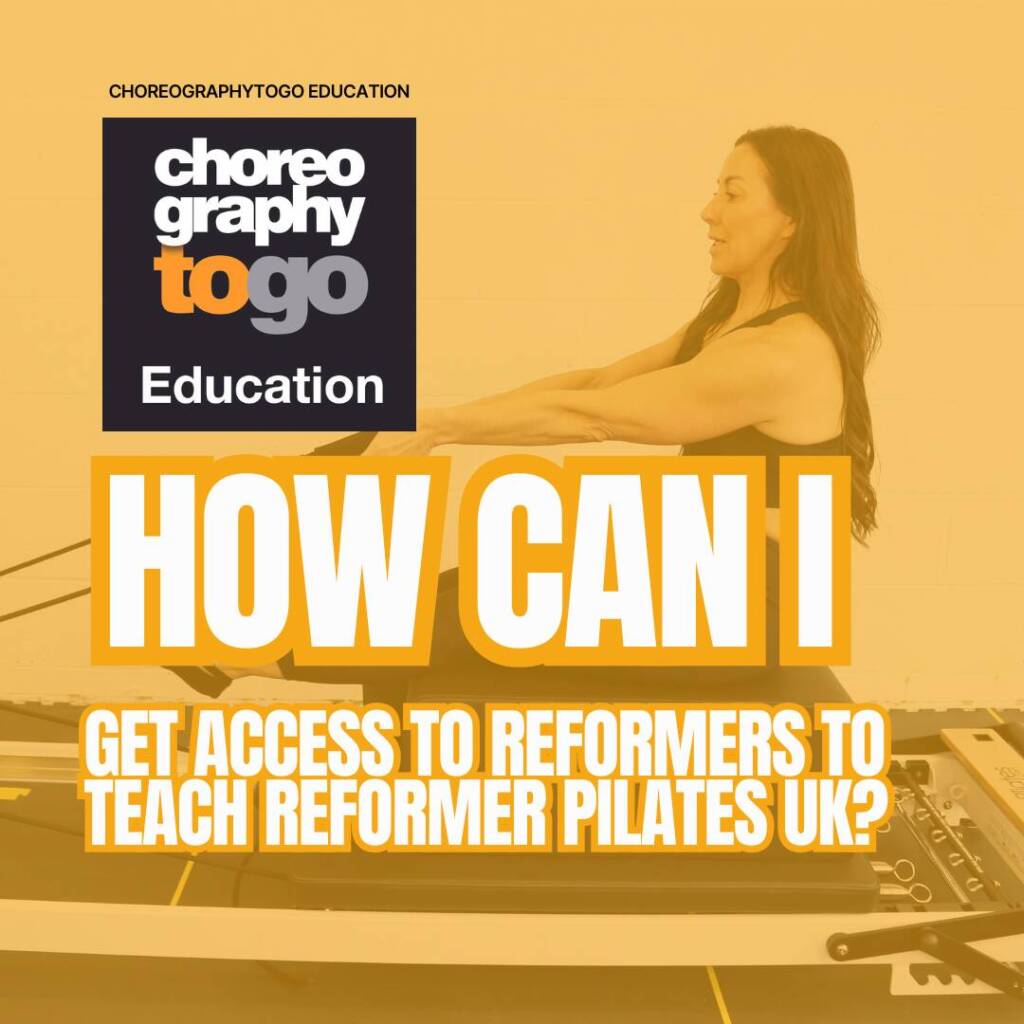
Qualification Blog
Top 10 tips for instructors looking to teach senior fitness classes.
Top 10 tips for instructors looking to teach senior fitness classes.
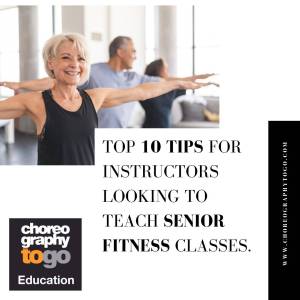
What are the benefits to the senior members of your community?
Why is keeping fit in later life so beneficial?
- Helps to maintain a healthy weight.
- Reduce the risk of falls by strengthening muscles.
- It is linked to supporting thinking skills.
- Boosts mood and energy levels(exercise releases endorphins)
Studies have shown that maintaining regular physical activity can help prevent many common diseases, such as heart disease and diabetes. Exercise improves overall immune function, which is important for seniors as their immune systems are often compromised.
There is also the social benefits of Increased confidence, peer acceptance, making friends and feeling less lonely for those who live alone.
Teaching classes for active older adults has unique challenges, and fitness instructors who currently teach, or are considering expanding into teaching older adult and senior fitness classes should keep a few things in mind
Here are our top 10 tips for fitness instructors who currently teach, or are considering expanding into teaching seniors:
1. Know your stuff!
Take the training. Seniors might be kind for a class or two, but they will make it known if they aren’t enjoying the class. Don’t underestimate their ability to be interested, engaged and motivated. They will surprise you. Bring your best to every class.
2. Remind Participants That They Are In Control Of Their Exercise.
If there is a reason/ situation/ condition that prohibits a movement, then empower them to make that determination and corrective adjustments if needed.
3. Get To Know Them.
Seniors are fascinating people. Be authentically interested in their lives: past, present and future.
4. Ask Them About Their Reason For Coming.
Questions like, what do you want to get out of this class? What is your goal for this year of exercise class? What fun exciting plans do you have coming up?
5. Teach Exercises That Will Improve Their Functionality.
Your job is to maintain or improve their mobility, strength and stability so they can do the things they need and want to do. Their needs and desires are seriously practical and vital to their health, longevity and quality of life. Let them inform your class designs.
6. Focus On Technique
It’s not always enough to demonstrate, cue and count without providing clarification to help them target the right muscles. Like all athletes, technique is key to the desired results.
7. Slow It Down. Use Repetition. Simplify. Break It Down.
This is where your training is imperative. When a participant is moving but not executing the move correctly, it may indicate a misunderstanding, or a physical imbalance or injury. We must understand if that issue is something we need to clarify in our cuing, or in their execution of the move, or to leave it alone. Their technique may be a symptom of the issue OR the technique may be exacerbating the issue.
8. Appreciate their accomplishment and efforts, even if they didn’t quite get it this time. “Good work, We’ll get there” are reassuring acknowledgements and commitments.
9. Adjust Your Cues & Music.
Music should be low enough that most participants can also hear most of your verbal cues. A microphone is essential. For many Seniors, hearing is waning and they will rely heavily on your visual cues too, so work on perfecting your visual cues! If you can, demonstrate by being a full-on participant.
10. And Finally, Don’t Hesitate To Mix Up The Music!
Sure, Seniors like some of the oldies from their generation, but I find that if they go to a lot of classes each week they are tired of the Big Band, and Golden Oldies. Check out Pure Energy Music for a great selection of License free music.Use code RH10 at Checkout for a special discount
If Seniors are the right market for you, you’ll find them interesting, fascinating, inspiring, and heartwarming.
Find out all about our Active IQ Level 3 Award In Designing Exercise Programmes for Older Adults
ON SALE was £400 now only £300 click here to learn more
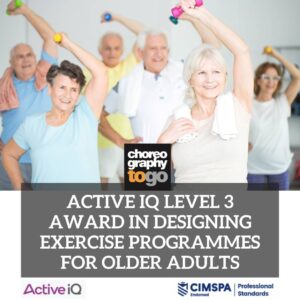
Share this post:
Latest Qualifications
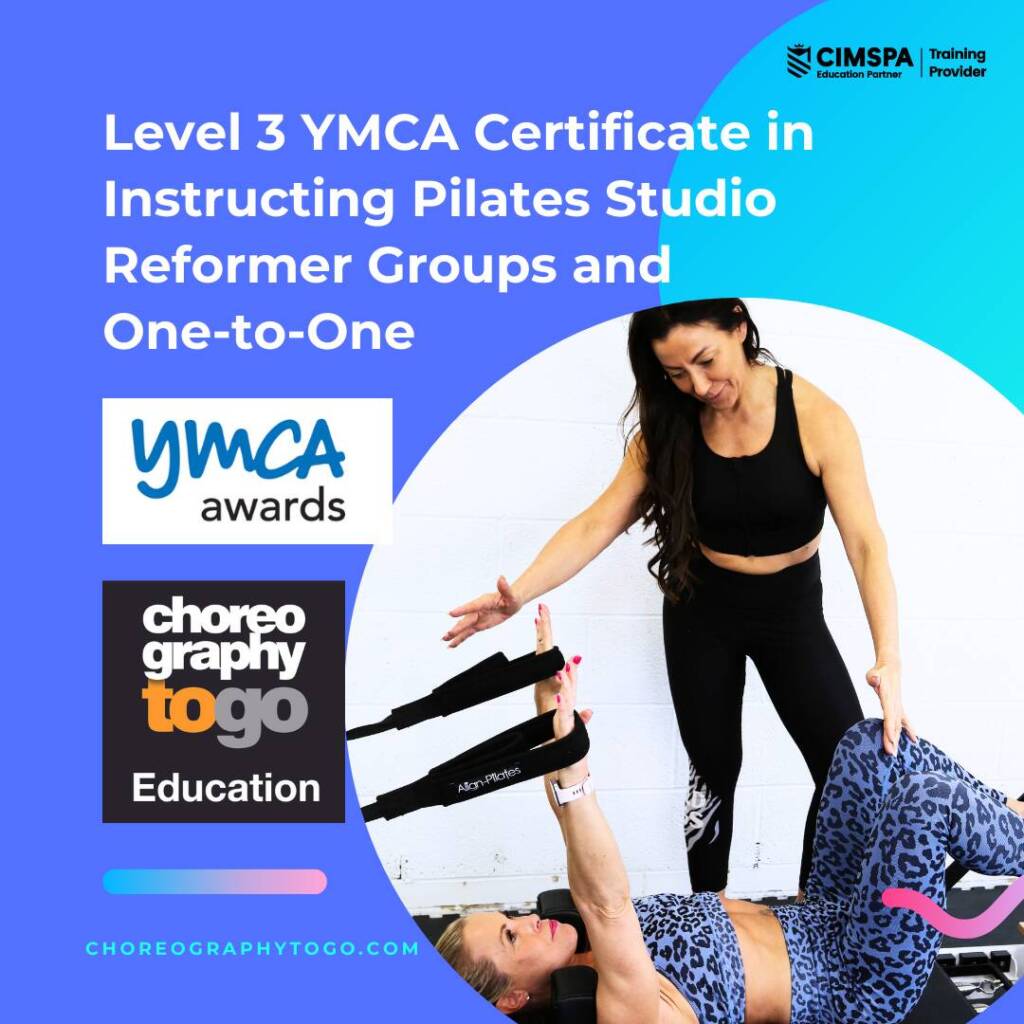
Level 3 YMCA Certificate in Instructing Pilates Studio Reformer: Groups and One-to-One
£899.00

L3 & L4 PILATES COMBINED Course
£1,660.00 Original price was: £1,660.00.£1,380.00Current price is: £1,380.00.
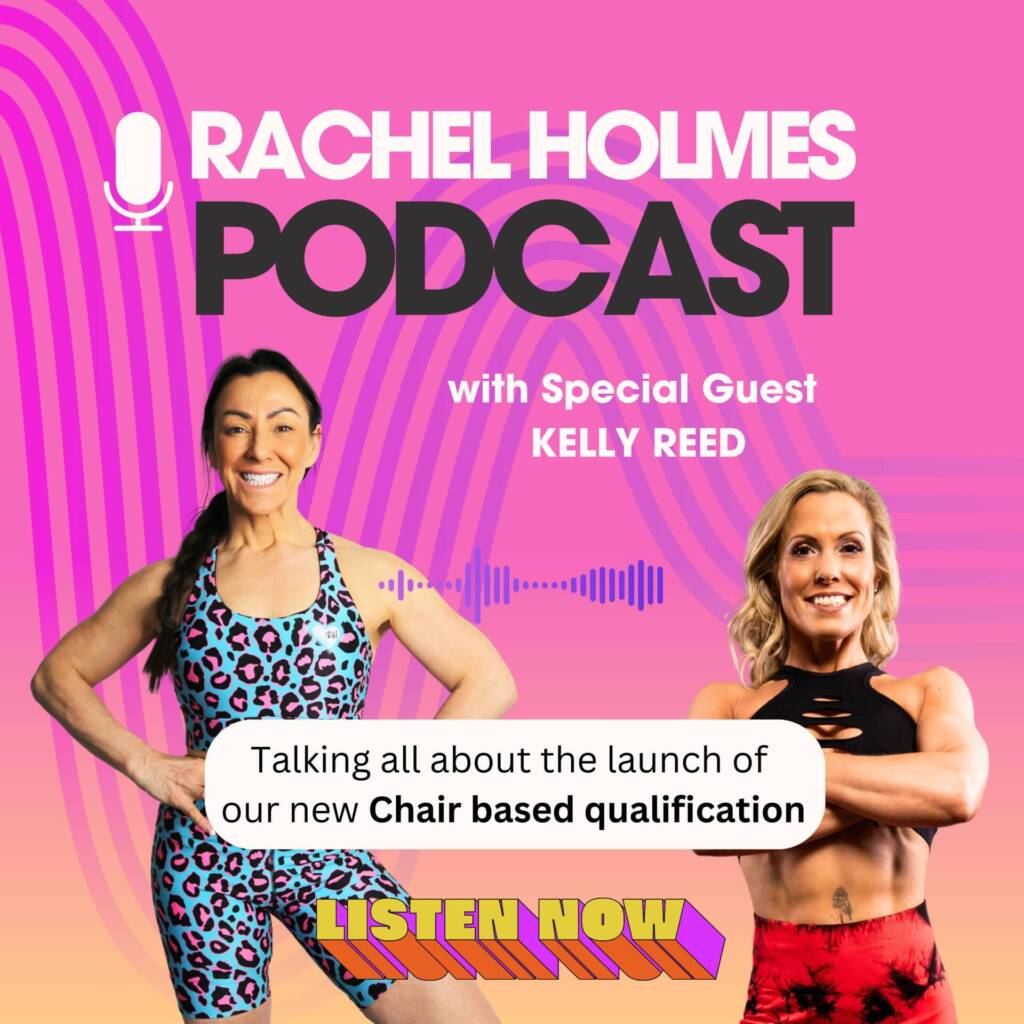

The latest Qualification blogs & news
Join the C2GO newsletter
It is free and comes out once a week with tonnes of inspo, news and choreography.





